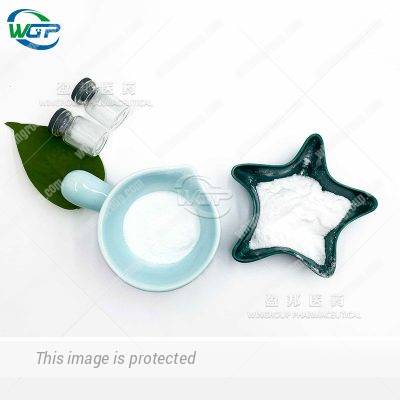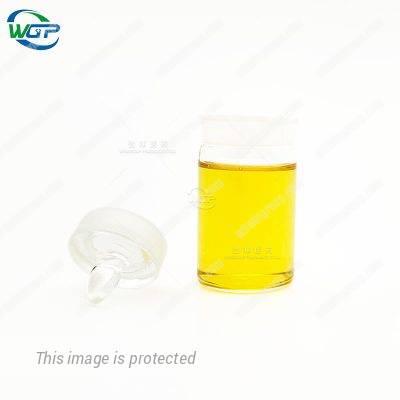- Description
- Additional information
Description
Pyrrolidine CAS 123-75-1 Product Information
| Product Name: | Pyrrolidine |
| Synonyms: | TETRAMETHYLENEIMINE;pyrrolidine,tetrahydropyrrole;PYRROLIDINE,REAGENT;TETRAHYDROPYRROLE
(PYRROLIDINE);PYRROLIDINE 99+%;PYRROLIDINE, REDISTILLED, 99.5+%;1-AZACYCLOPENTANE;AKOS BBS-00003603 |
| CAS NO: | 123-75-1 |
| Molecular Weight: | 71.121 |
| Molecular Formula: | C4H9N |
| Boiling Point: | 89.5±8.0 °C at 760 mmHg |
| Melting point: | -63 °C |
| Density: | 0.8±0.1 g/cm3 |
| Appearance: | Colorless transparent liquid |
| Applications: | Pyrrolidine is a heterocyclic compound used as a building block in the synthesis of wide range of
pharmaceutical compounds, namely matrix metalloprotein inhibitors (MMPIs) and aminopeptidase N inhibitors (APNIs). It has been used for the synthesis of N-benzoyl pyrrolidine from benzaldehyde via oxidative amination. It may be used as a catalyst for the synthesis of N-sulfinyl aldimines from carbonyl compounds and sulfonamides. |
| Stability: | Stable; flammable. Incompatible with strong acids, strong oxidizing agents. |
| Storage: | Store in an airtight seal away from light. Packed in galvanized iron drums. The warehouse is cool and ventilated, keep away from fire, fire source, sunscreen, acid and oxidant. |
pyrrolidine structure
Pyrrolidine is a cyclic amine whose five-membered ring contains four carbon atoms and one nitrogen atom; the parent compound of the pyrrolidine family. It is a saturated organic heteromonocyclic parent, a member of pyrrolidines and an azacycloalkane. It is a conjugate base of a pyrrolidinium ion.
pyrrolidine sds/pyrrolidine msds
| Hazard Codes | F,T,C |
| Risk Statements | 11-22-23-34-35-20/21/22-20/22-R35-R20/21/22-R11 |
| Safety Statements | 16-26-36/37/39-45-33-S45-S36/37/39-S26-S16 |
| RIDADR | UN 1922 3/PG 2 |
| WGK Germany | 2 |
| RTECS | UX9650000 |
| F | 20 °C |
| Autoignition Temperature | 34 |
| TSCA | 653 °F |
| HS Code | Yes |
| HazardClass | 2933 99 80 |
| PackingGroup | 3 |
Additional information
| Melting Point | -63 °C |
|---|---|
| Boiling point | 87-88 °C(lit.) |
| Flash Point | 37 °F |
| Density | 0.866 |
| Color | Colorless |
| Form | Liquid |





-400x400.jpg)





Reviews
There are no reviews yet.